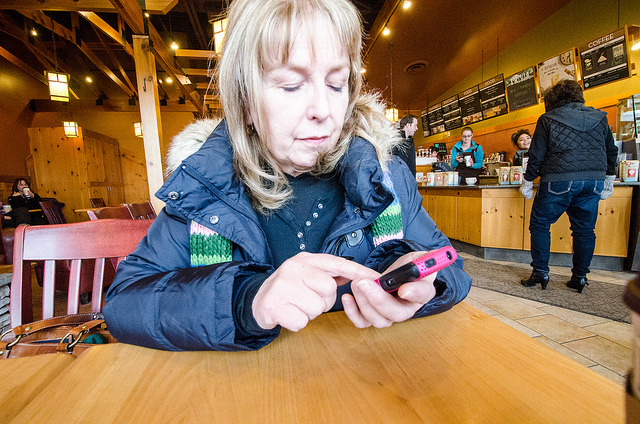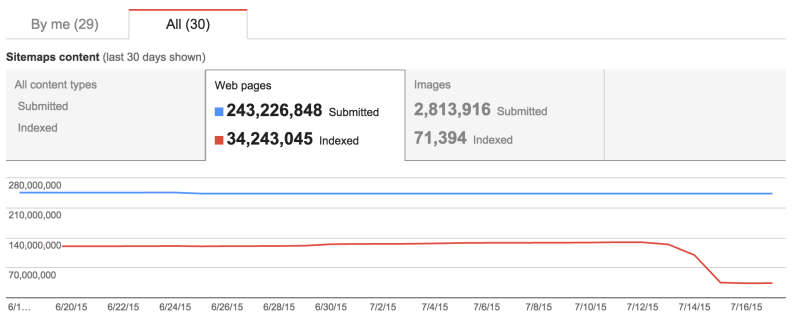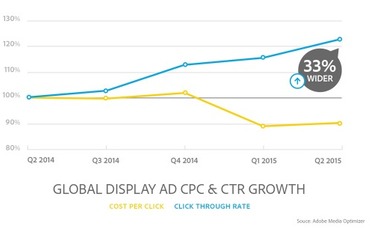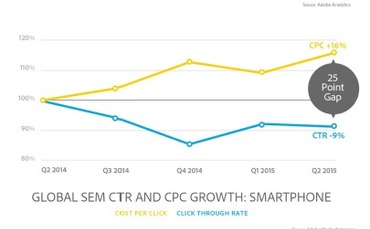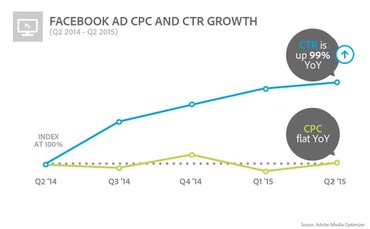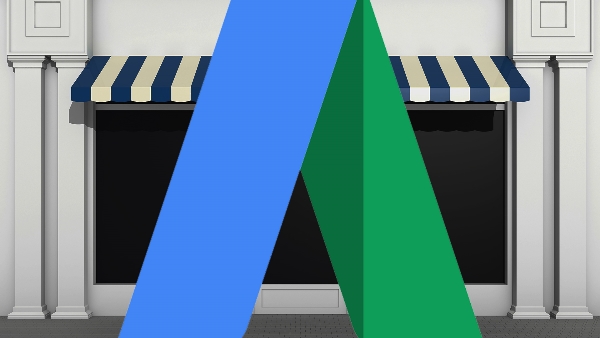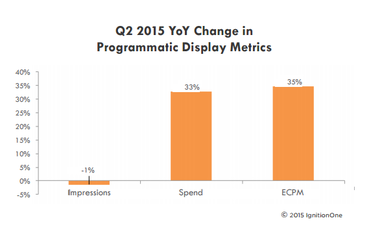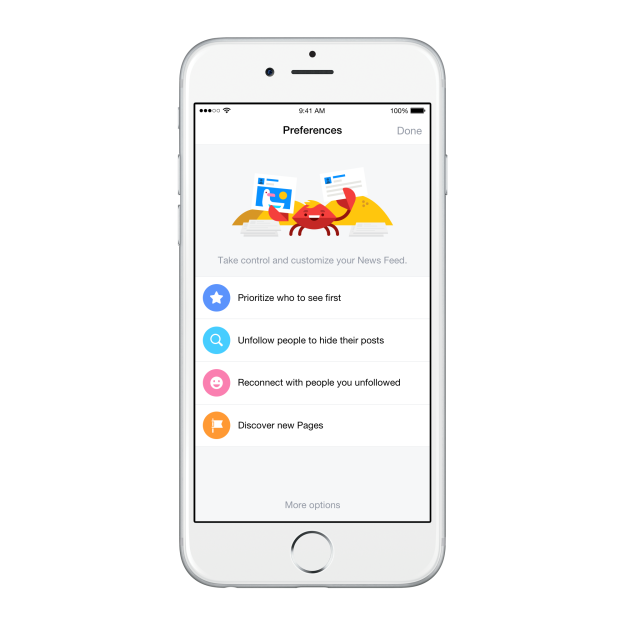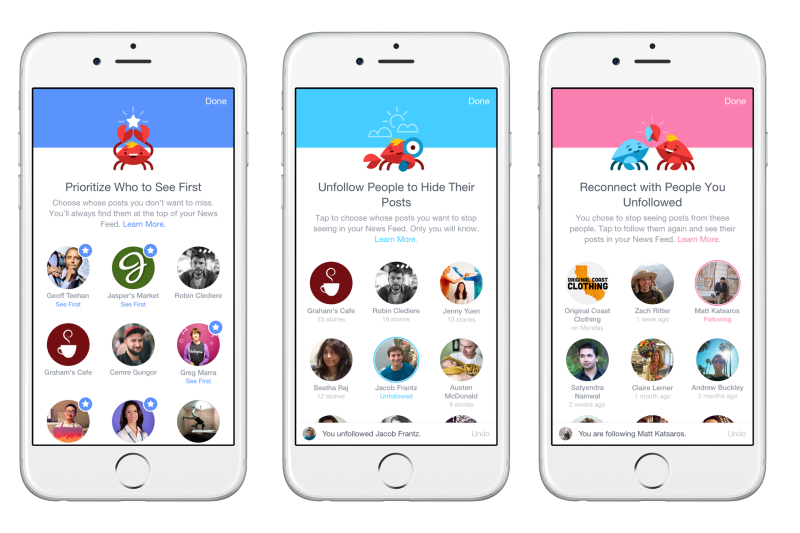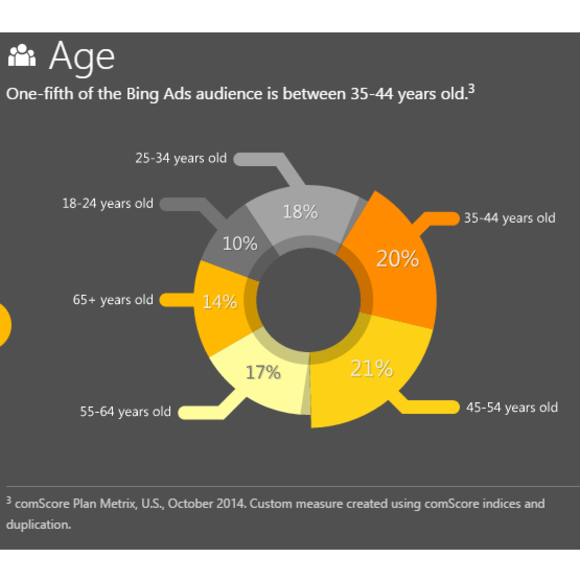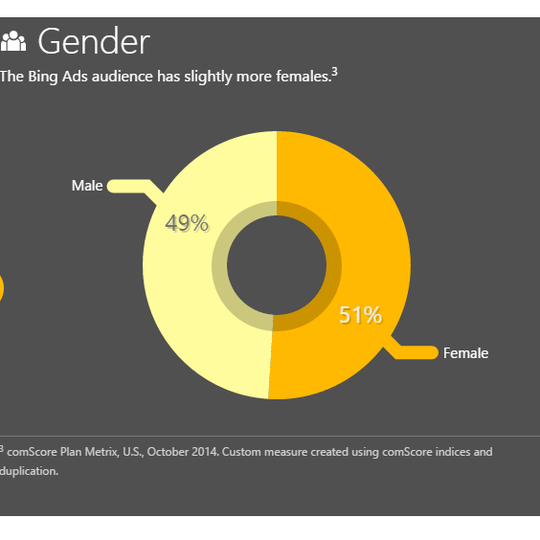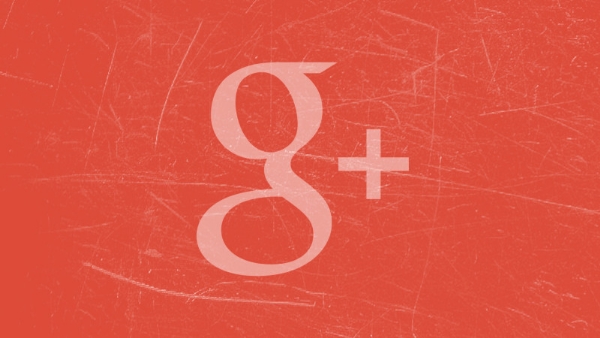
Google+ has been a controversial and underwhelming social media platform mostly populated by profiles made out of obligation in order to use Google’s services, but this will change soon as Google announced Google+ will no longer be a requirement for services across Google’s network.
Since Google made their social platform a requirement for all other services across their site, including Gmail and YouTube, there has been a strong pushback from users. The negative reaction was especially prevalent for YouTube users, who were forced to create new Google+ pages if they wished to create a new video channel.
In the announcement, Google conceded making Google+ mandatory for all users may have been a mistake:
“When we launched Google+, we set out to help people discover, share and connect across Google like they do in real life. While we got certain things right, we made a few choices that, in hindsight, we’ve needed to rethink.”
Over the next few months, Google will be uncoupling Google+ from all services. This means all it will take to access any Google products or services is a simple Google account. Once this is complete, users will be able to use YouTube, Gmail, or Google Analytics using a traditional Google account.
For users who were already pushed into making Google+ accounts, you will soon be able to remove it, although Google didn’t provide any more details about how or when.
With this change, Google+ will now be completely optional. This may be good news for users, but it will be interesting to see how the platform handles the shift. Many have already proclaimed the social network is dead, but it is entirely possible setting it free from the rest of Google may finally give the platform a chance to grow with only members who want to be on the social network.



